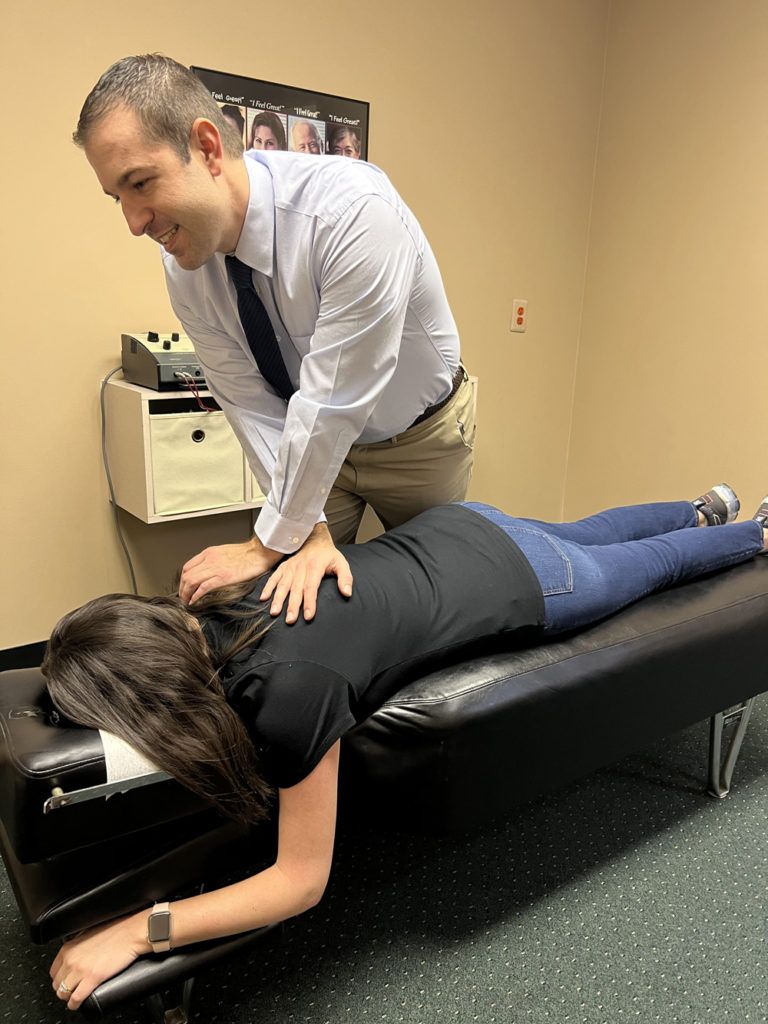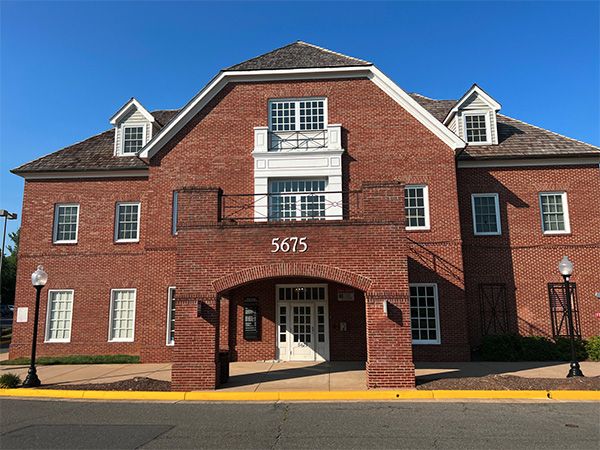
At some point in your life, you will probably be involved in at least one motor vehicle accident. Whether you are rear-ended, T-boned, or in any other type of car accident, remember that your body took a lot of force along with the car.
In car accidents you can suffer from head injuries, brain injuries, neck injuries, back injuries, spinal cord injuries, arm/leg/knee/foot injuries, shoulder injuries, wrist and hand injuries, internal injuries, soft tissue injuries (whiplash, concussions, sprains, strains, bruising, and other damage to muscles, tendons, and ligaments), fractures and broken bones.
The most common car accident injuries are:
Soft Tissue Injuries – Bruising/Contusions; Whiplash injury (strains to muscles, muscle tissue, and ligaments); Neck Pain and Spinal Conditions (herniations or ruptured discs).
Head Injuries
Concussions – trouble remembering things, feeling like your brain is not working as fast, you need to go to your health care provider to get an examination.
Traumatic Brain Injuries – can change the way your brain functions, handles information, and process emotions.
Musculoskeletal Injuries – some examples are carpal tunnel syndrome, tendonitis, muscle/tendon strain, ligament sprain, joint pain, rotator cuff tendonitis, ruptured/herniated disc, knee pain, wrist pain, nerve pain.
Mental and Emotional Injuries.
Internal Injuries – Broken bones; Internal bleeding.
Headaches.
Common Physical Pain Symptoms
Neck pain, shoulder pain, or back pain.
Bruising.
Numbness or tingling.
Changes in mood.
Upset stomach or abdominal pain.
Swelling.
Ringing in your ears.
Trouble remembering or concentrating.
Blurry vision, dizziness or loss of balance.
Range of motion is restricted.
Sagging shoulder, arm, or joint.
Inability to lift something.
Bump or deformity near the injury.
Injury Treatments
Medical care treatments vary depending on the severity of your injuries. If you have obvious injuries the treatment will involve an x-ray, MRI or CT scan, setting the bone or fracture, physical or occupational therapy. Your medical doctor may recommend over-the-counter pain medicine, muscle relaxers or write a prescription for opioids to relieve the pain.
Chiropractic care uses non-invasive techniques for any injuries. They do not use any medication because the pain relief you may experience from medication masks the underlying cause, not treat the injury. Chiropractors treat the whole person, not just the accident injury.
Benefits of Chiropractic Care After an Auto Accident
One of the most effective ways to relieve pain after an auto accident is to seek treatment from a chiropractor. Chiropractors can help you prevent further injuries from developing while easing the pain you are in at the moment.
Some of the benefits you get from chiropractic care are:
Treating invisible injuries.
Relieve inflammation.
Restore motion.
Reduce scar tissue.
Non-invasive treatment.
Overall Relief.
Cheaper than surgery.
Fast and lasting results.
Successful treatment after an accident.
Dr. Czekaj at Health & Rehab Chiropractic, is a Board Certified Doctor of Chiropractic, licensed in Virginia. He continued to expand his knowledge by taking post-graduate classes that focused on neurology, sports medicine and Chiropractic Biophysics (CBP). He is also a Certified Chiropractic Sports Practioner® and has extensive experience as an accident doctor, caring for auto accident patients. Dr. Czekaj specializes in treating and managing injuries to joints, ligaments, muscles and nerves. He is able to effectively treat and help manage different acute injuries and chronic pain conditions.
Dr. Czekaj strives to provide his patients with the most advanced and effective chiropractic treatment while using a whole person approach to his methods. When you come in to the office, he performs a comprehensive evaluation, physical examination, takes a medical and family history, he discusses with the patient about their injury and specific concerns. After he collects all your information, he will then develop a treatment program for your specific injuries/concerns.
Some techniques that are used at Health & Rehab Chiropractic include chiropractic adjustments, diversified full spine, Thompson drop table, Graston Technique® (for soft tissue injuries), spinal decompression, traction and instrument adjustment techniques, rehabilitation therapy programs specific to the patient.
FAQ
Should I go see a chiropractor after a car accident?
Yes, you should go see a chiropractor after a motor vehicle accident, even if you went to the ER, because the ER does not check your spinal health. Chiropractic clinics examine an accident victim differently, they look for any structural changes from the accident that may have occurred. Even if your symptoms are minor, you could be experiencing a significant change in your spine structure and limited mobility. Chiropractic treatments can reduce long-term pain, reduce scar tissue and restore your mobility.
How often should you go to the chiropractor after a car accident?
There is no defined time that you should go to a chiropractor after an accident. It really depends on how severely you were injured, what type of injury you sustained, everyone has a slightly different healing process. Some people may go one or two times a month, while others may require weekly or more frequent treatment. After the initial examination, the chiropractor will work with you to create a custom treatment plan. This will include how often you should come for treatment, what type of treatment is recommended, other types of therapy, and lifestyle changes.
When should I see a chiropractor after whiplash?
It is advised that you should see a chiropractor within 72 hours after experiencing symptoms of whiplash after an accident.
Can a chiropractor help with whiplash injury?
Yes. Whiplash is a soft tissue injury. A chiropractor can reduce your pain and hindrance you are undergoing. Chiropractors check your whole spine to see if other areas have been affected. By touch they can feel tightness and tenderness in your spinal joints through movement. They can have many different techniques to help heal your injury, such as spinal adjustments, physical therapy, modalities and exercises.
Are car accidents handled like every other injury?
Auto accident injuries may be treated similar to sports injuries, workplace injuries or work-related injuries. However, in many cases there is more insurance coverage available to help cover you in a car accident.
Give us a call at (703) 877-0787 or



